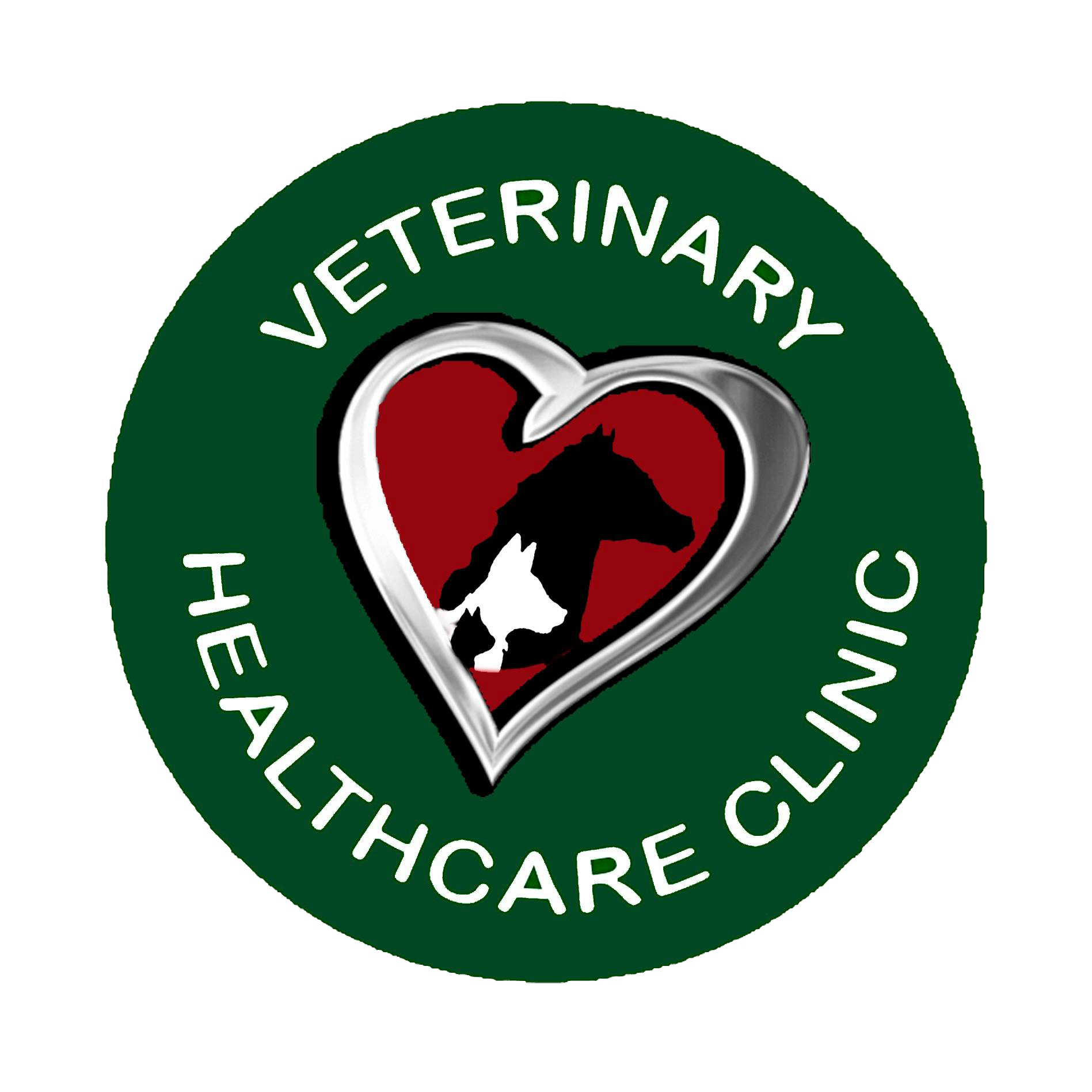Library
-
Chameleons are fascinating pets with bright colors and eyes that can rotate 360 degrees. Chameleons range in size from 0.9 inches to 27 inches long. They require special considerations in relation to their cage set-up and diet. Most chameleons do well on a cricket, mealworm, or waxworm-based diet. All chameleons require UVB lighting, a heated cage environment, and humidity of 60%-90%.
-
Carprofen is a nonsteroidal anti-inflammatory drug (NSAID) used on and off label. It is given by mouth in the form of a tablet to treat pain and inflammation. The most common side effects include vomiting, diarrhea, and decreased appetite. Do not use this medication in pets with bleeding disorders, in pets that are allergic to it or other NSAIDs in the same class, or in pets concurrently using corticosteroids or other NSAIDs. If a negative reaction occurs, call your veterinary office.
-
Chameleons may be affected by a variety of medical conditions. A swollen abdomen needs attention by a veterinarian in case of possible egg retention. Swollen joints are most likely an indication of uric acid deposits, a condition called articular gout. Chameleons with poor perching ability and/or abnormal leg angles likely have metabolic bone disease. Swellings of the tissue around the eyes is common and needs proper treatment, possibly surgery, to correct.
-
Chloramphenicol is given by mouth or injection and is used on and off-label to treat bacterial infections. Give as directed. Common side effects include vomiting, diarrhea, and decreased appetite. Do not use in pets with blood disorders, in pediatric or geriatric animals, or in pregnant or nursing females. If a negative reaction occurs, please call your veterinarian.
-
Before getting a reptile, research all aspects of reptile ownership, including the appropriate reptile for your lifestyle, how to provide it with a proper diet, suitable housing, and a healthy, stimulating environment. All reptiles need to be examined by a reptile-savvy veterinarian immediately after purchase or adoption , and then at least annually after that. These pets usually do not act sick until they are very sick and need immediate veterinary attention. Regular veterinary care, plus an informed, knowledgeable pet owner, greatly reduces the likelihood of illness and death in these pets.
-
Turtles may be affected by one of the following diseases: metabolic bone disease (MBD), vitamin A deficiency, respiratory diseases, abscesses, shell infections, shell fractures, and parasites. Improper diet, poor water filtration, and lack of UV light are contributing factors for many aquatic turtle diseases. Seek immediate veterinary care if your aquatic turtle shows any deviation from normal.
-
Turtles may be affected by any of the following conditions: metabolic bone disease (MBD), vitamin A deficiency, respiratory infections, abscesses, shell infections and fractures, and parasites. This article outlines typical signs and treatment for these common conditions. Seek immediate veterinary care if there is any deviation from normal in your pet turtle.
-
Common conditions of pet snakes include infectious stomatitis (mouth rot), parasites, skin infections, respiratory disease, septicemia, and viral diseases such as inclusion body disease (IBD). Signs may be specific for a certain disease or non-specific, such as lack of appetite and lethargy, which can be seen with many diseases. Any deviation from normal is a cause for concern and should be evaluated by your veterinarian as soon as possible. This handout outlines how to know your snake is sick and the treatments for common conditions.
-
There are several problems that can occur in aquatic turtles. This handout discusses the most noted problems: calculi, tissue prolapses, irregular shell growth, shell fractures or trauma, algae on the shell, skin and shell sloughing, Salmonella infection that can be passed to humans, dystocia, and hibernation.
-
Anorexia means lack of appetite or refusal to eat. Anorexia can be a normal condition associated with the breeding season, egg bearing, or shedding. Anorexia can also be a symptom of an underlying environmental problem or diseases including infectious stomatitis, internal parasites, gastrointestinal blockage, intestinal infections, respiratory disease, kidney or liver failure, tumors, or gout. Salmonella can cause severe gastrointestinal disease or life-threatening septicemia. Many animals and people carry these bacteria without showing any clinical signs, yet they shed the bacteria in their feces and serve as a source of infection for others. Snakes commonly develop lumps and bumps either on their skin or within their bodies. External lumps may be caused by abscesses, tumors, or parasites. Internal swellings can be caused by organ enlargement, retained eggs in species of snakes that lay eggs, tumors, or even constipation. A healthy, well-maintained snake will shed its skin in one piece. Some snakes experience difficult or improper shedding. Burns occur with pet snakes when the animal, naturally seeking a warm place to rest, either finds a place that is too hot or stays in that hot spot too long. Offering live prey to a snake should be avoided, as live prey can cause severe bites and life-threatening injuries to the snake. Dystocia occurs when a female snake is unable to pass eggs and may require medical or surgical procedures.

